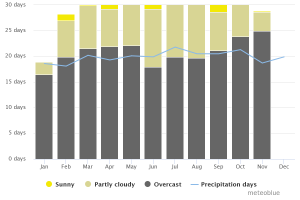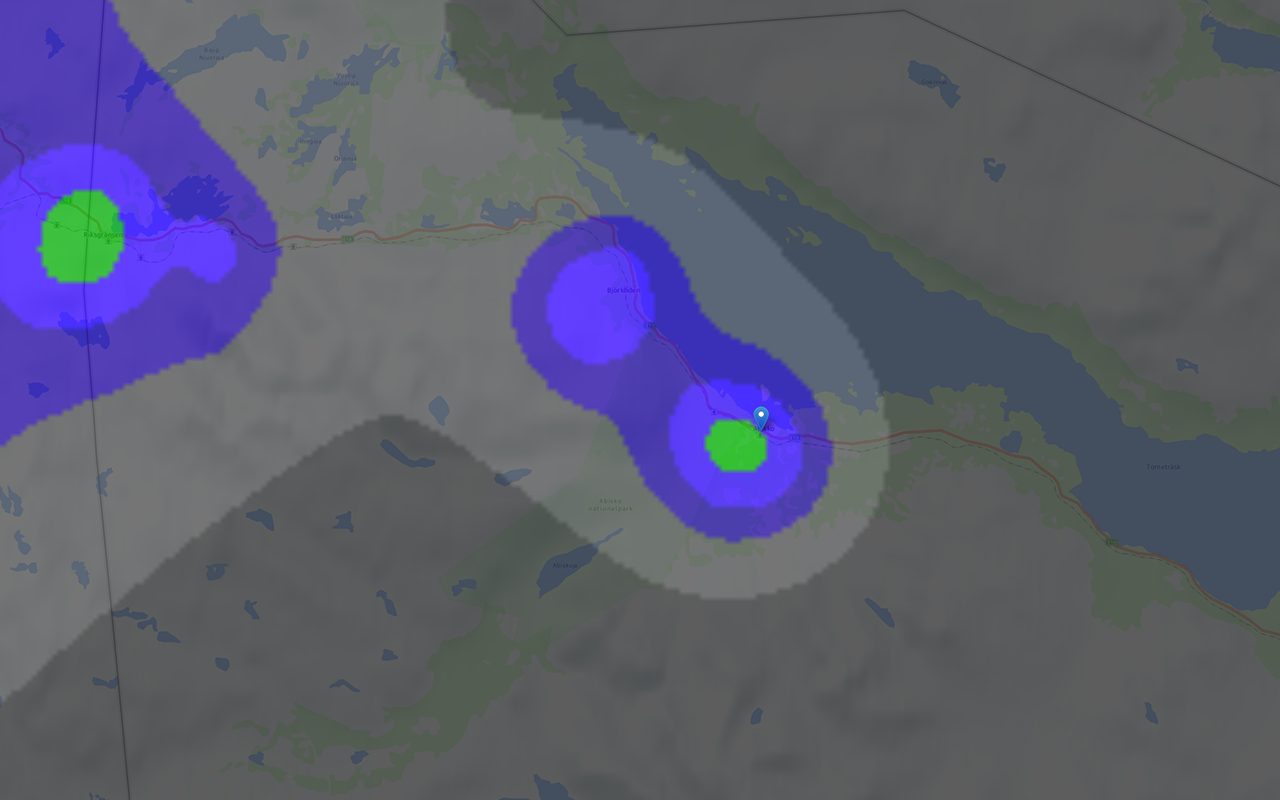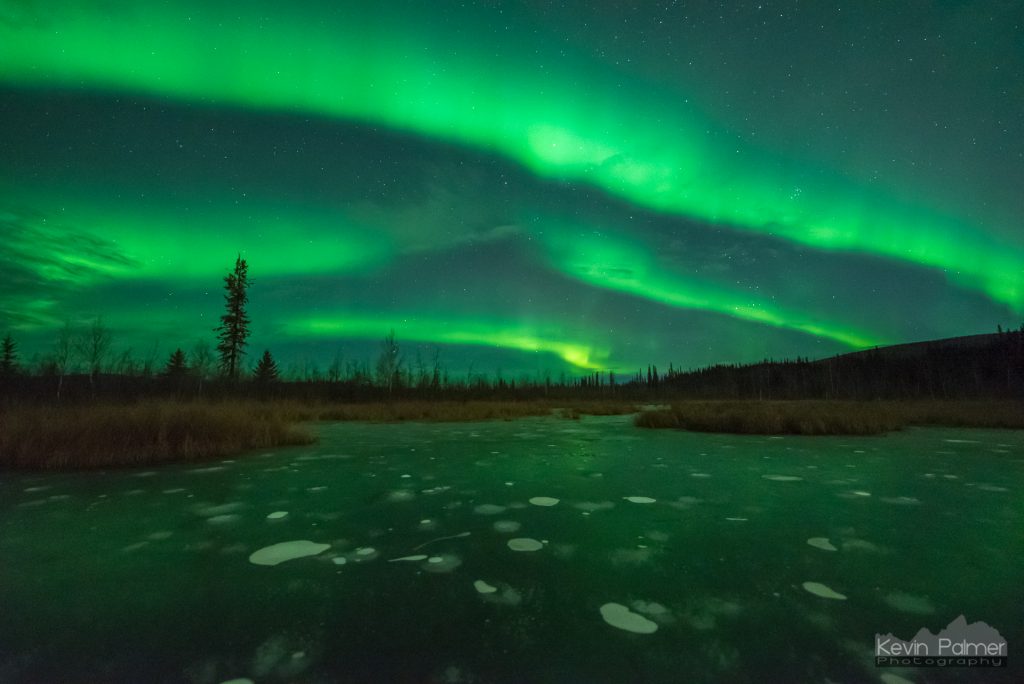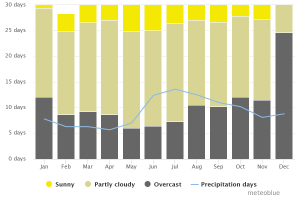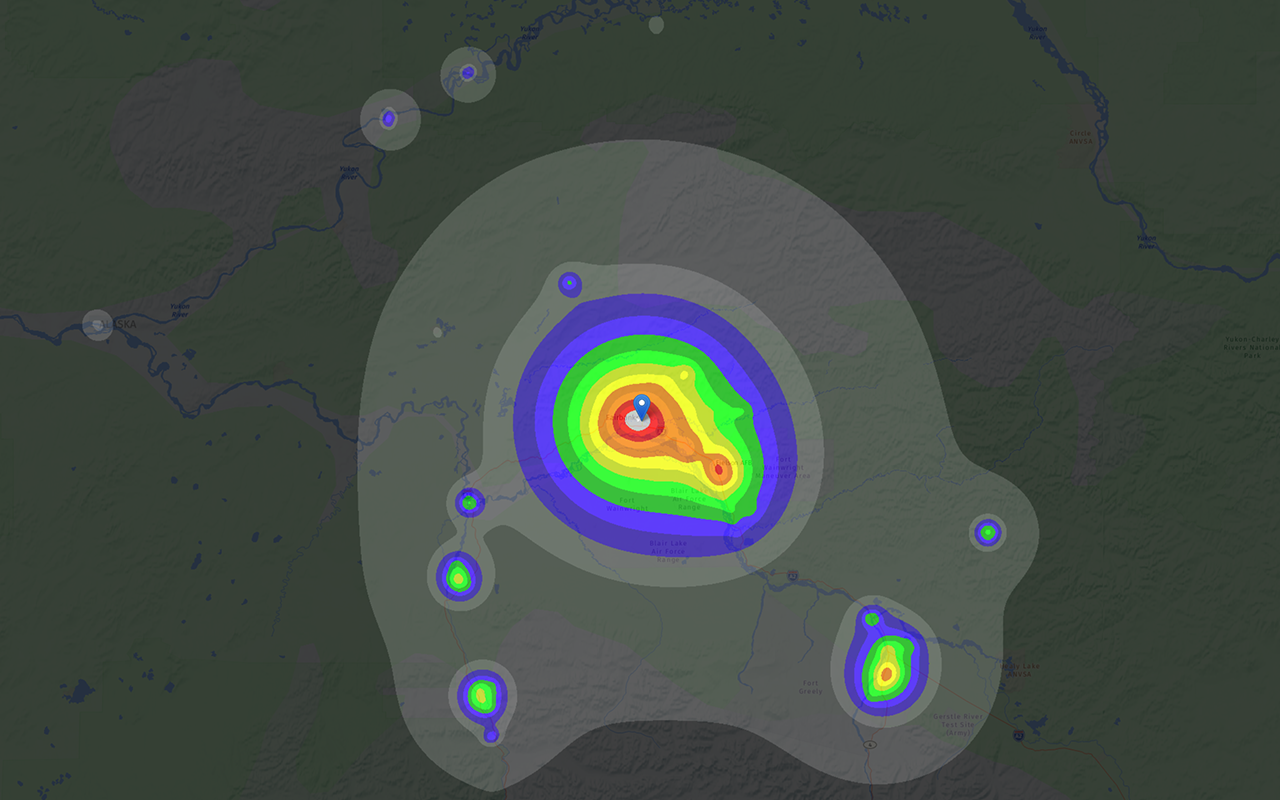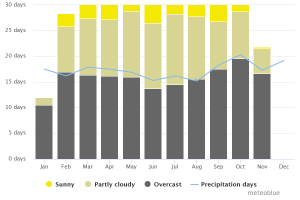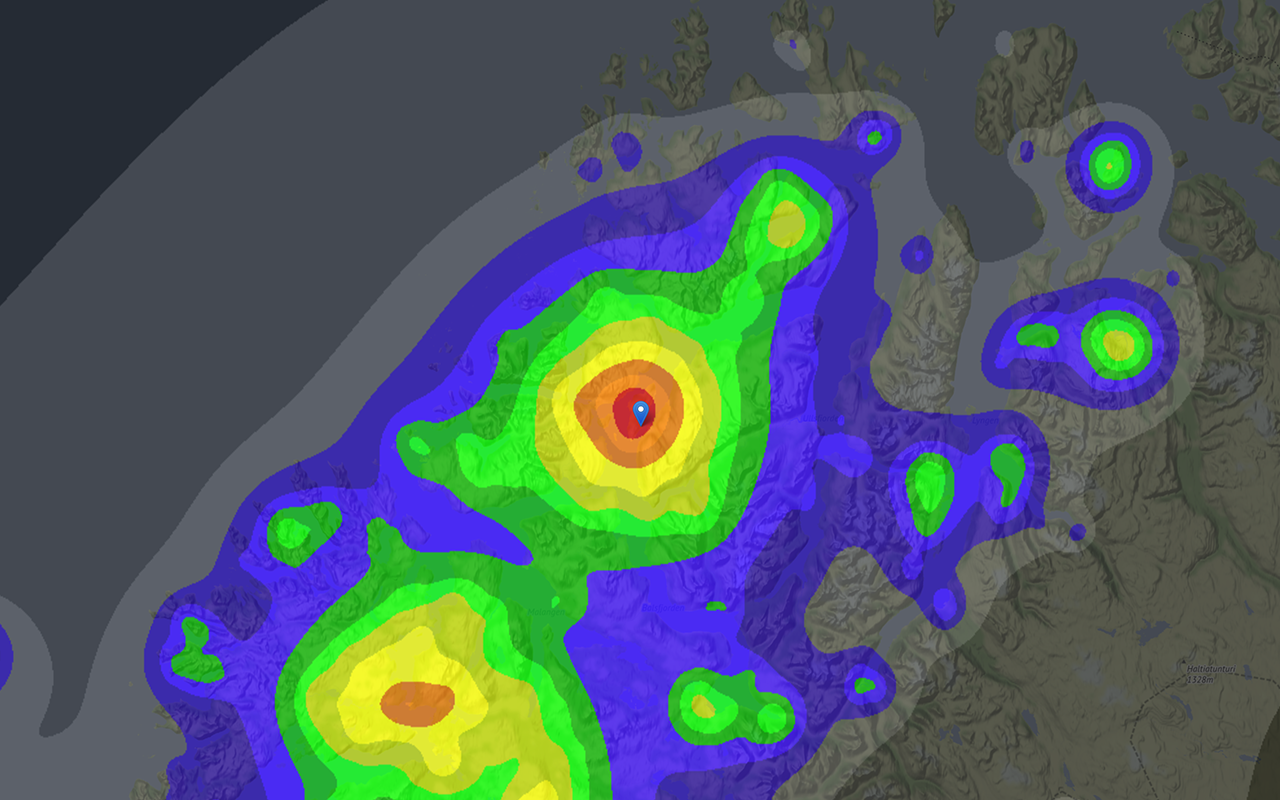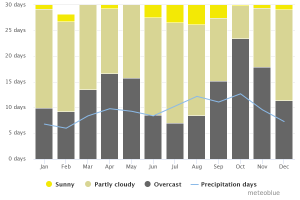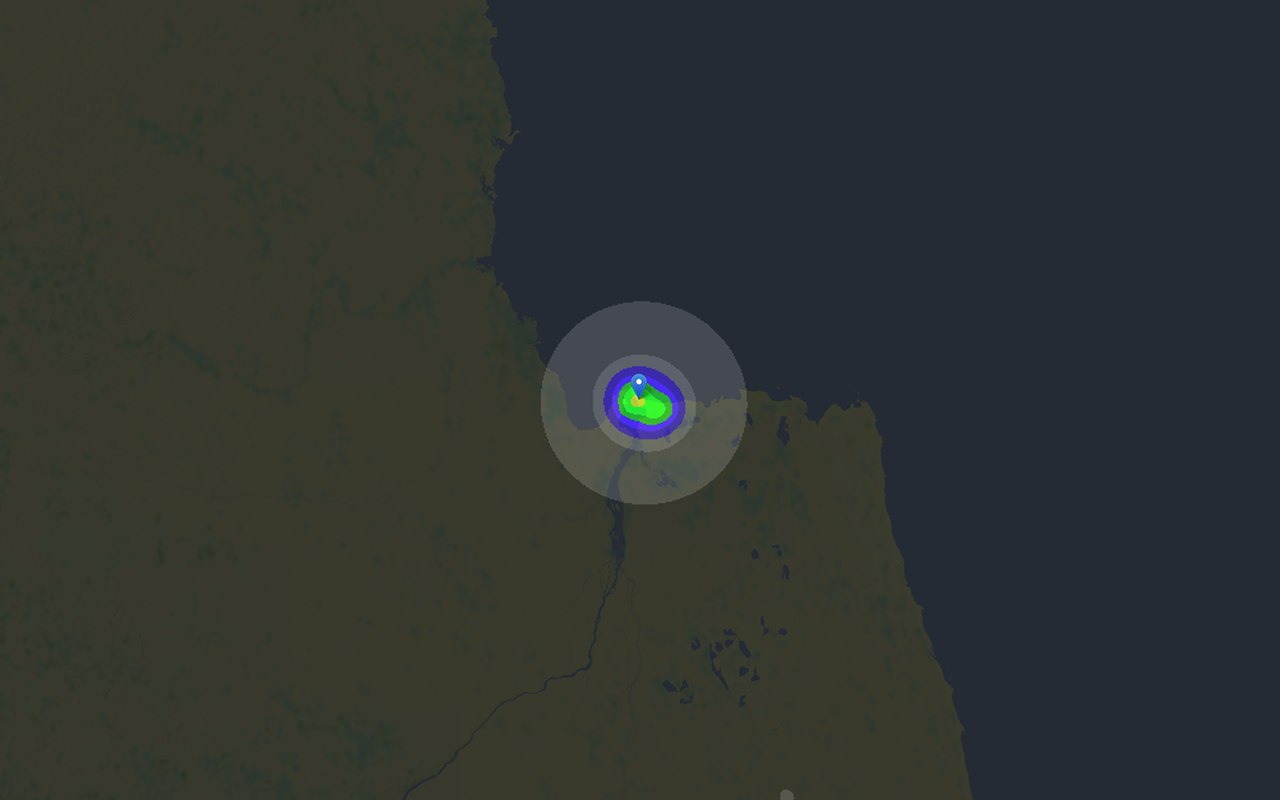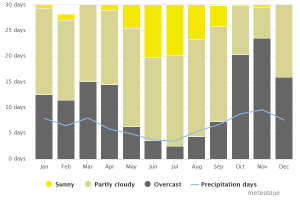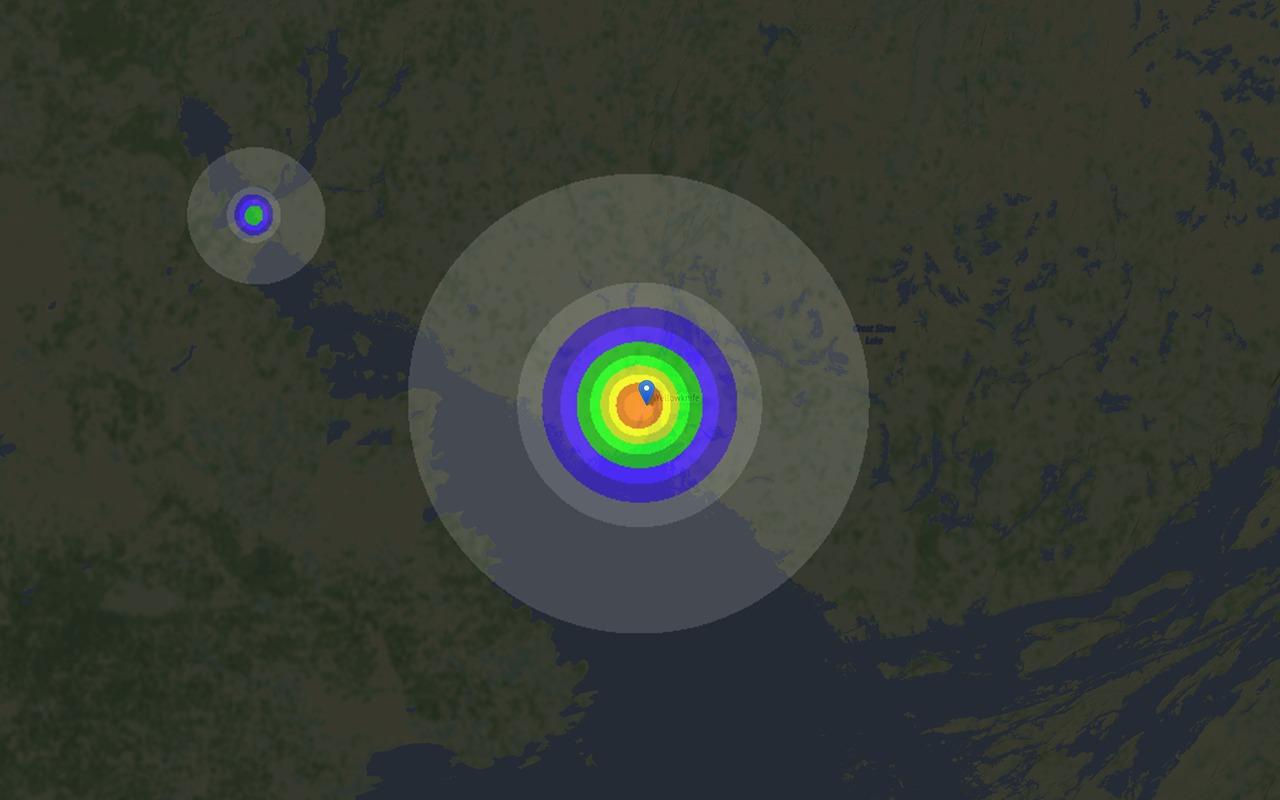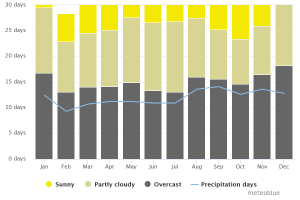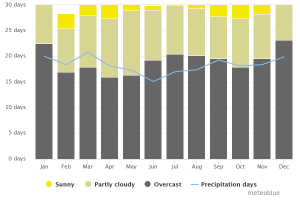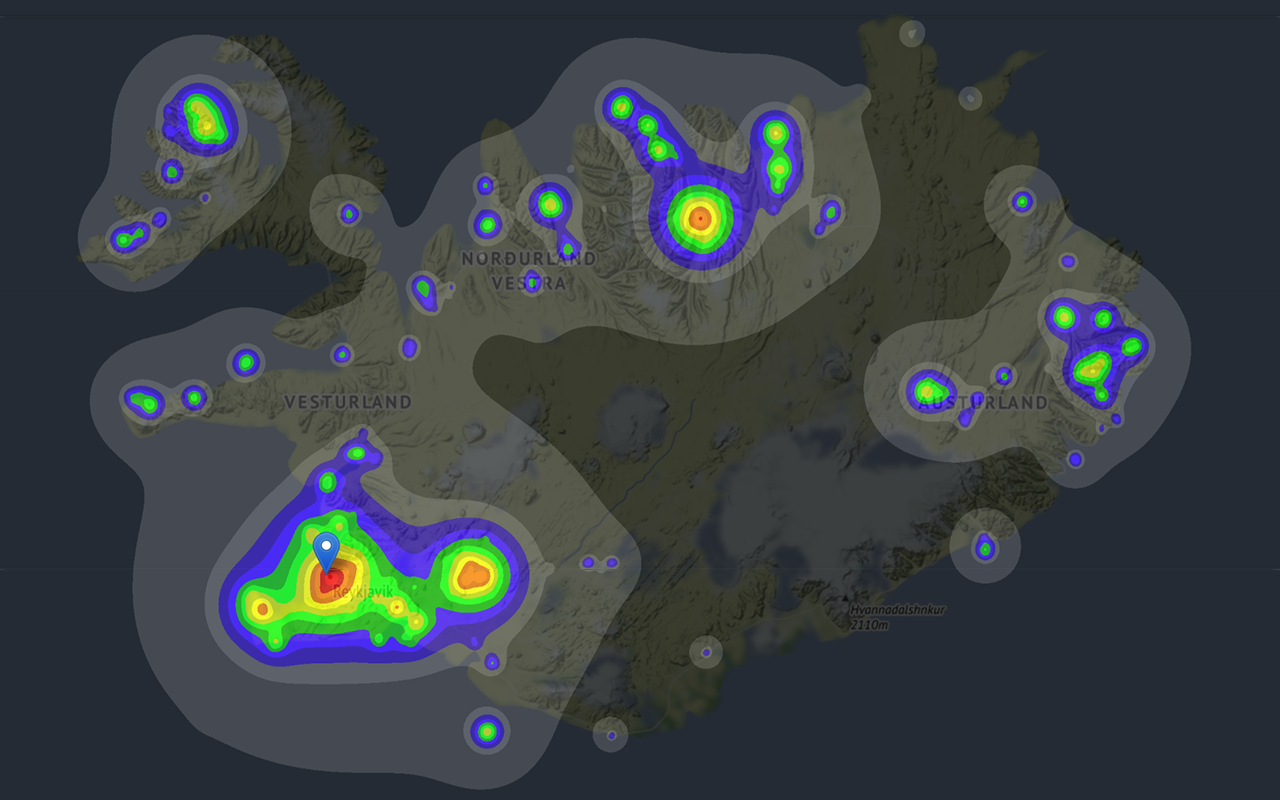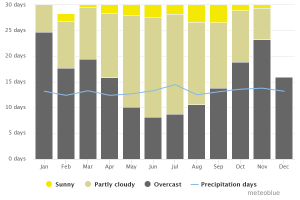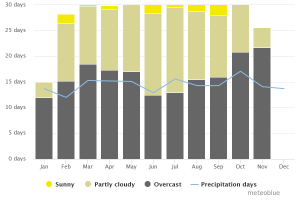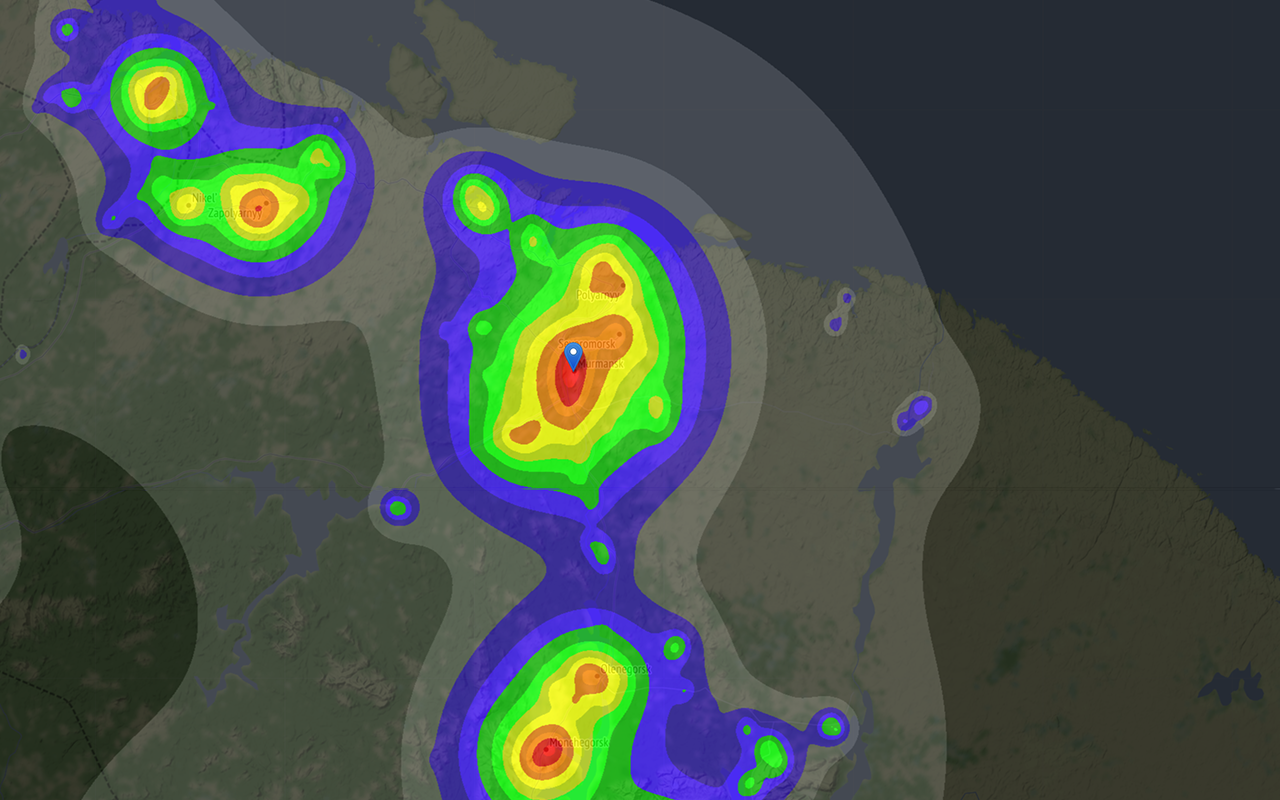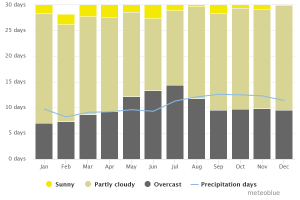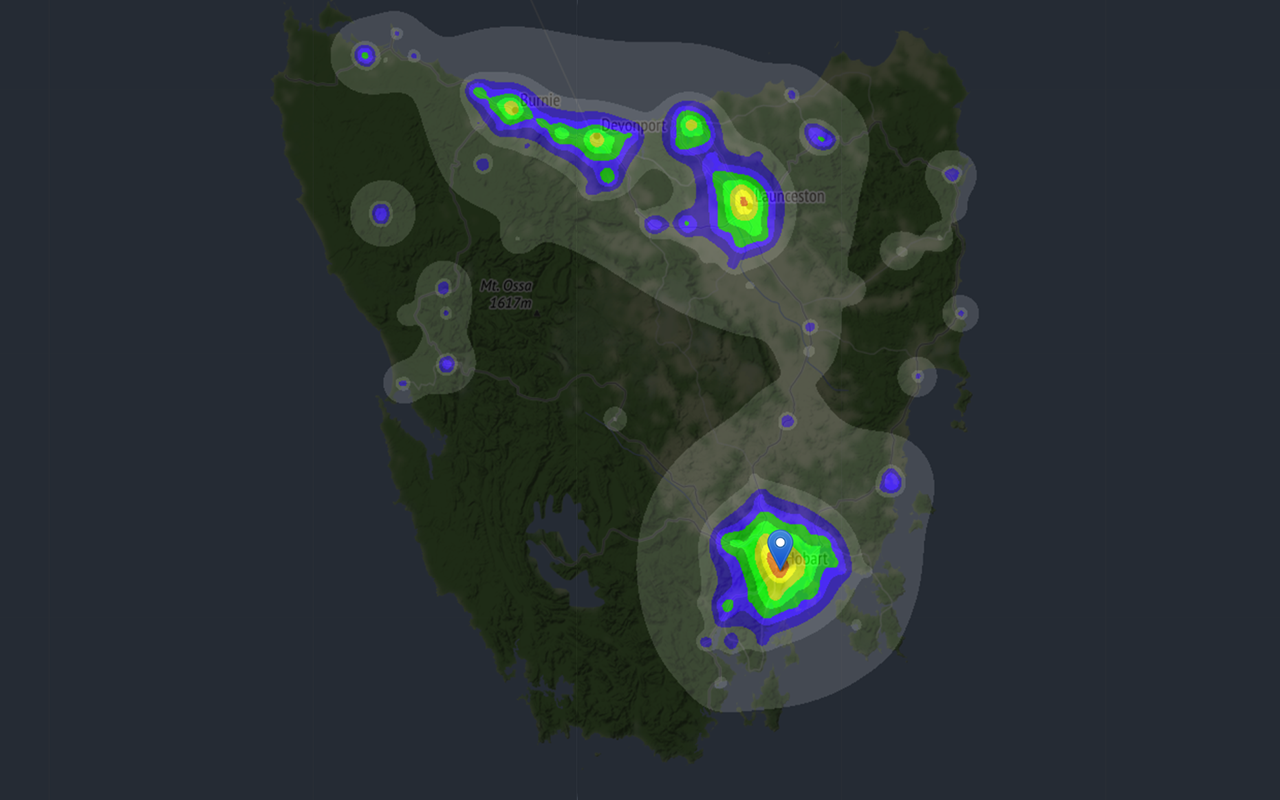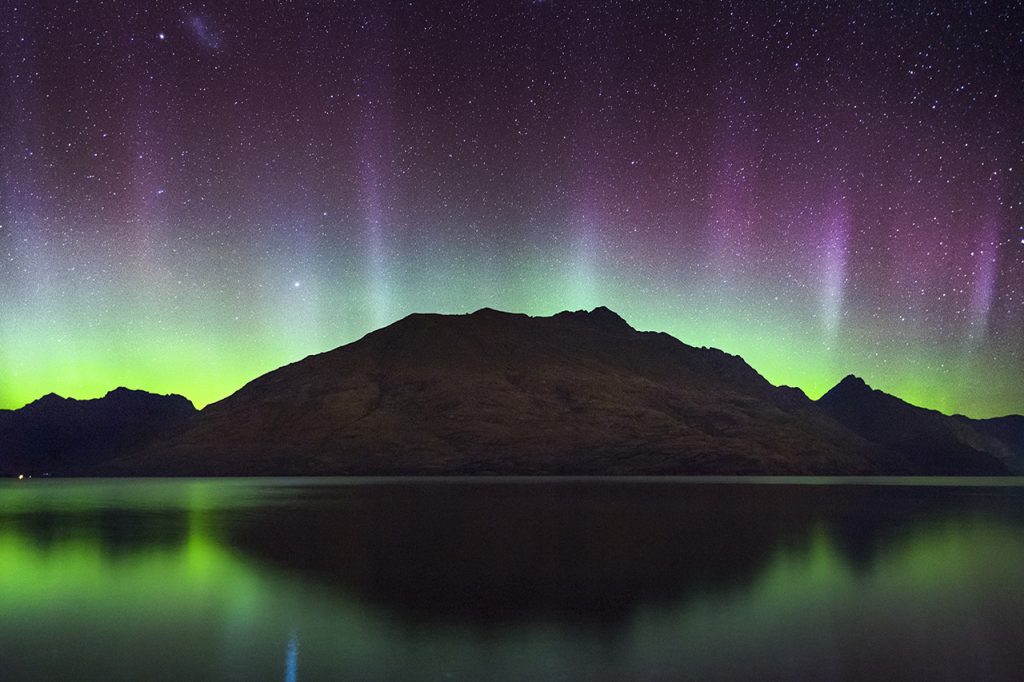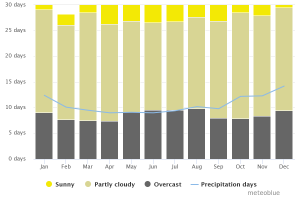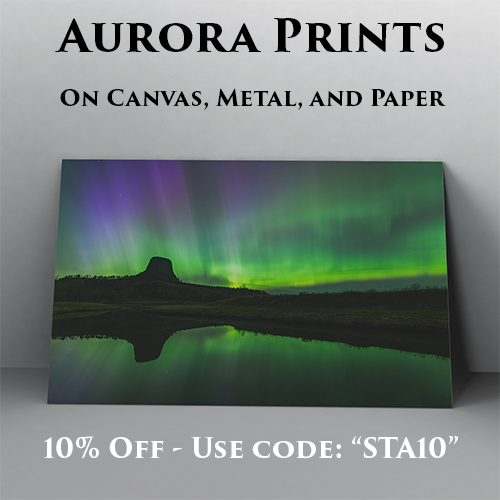If it’s your dream to see the aurora in person, then you can’t do better than to visit one of these places. All the locations listed (except for #10), are situated underneath the auroral oval. This means that the aurora may be visible on any clear night, even when solar activity is very low. Most locations experience the midnight sun in the summer, which is to be avoided if your goal is to see the northern lights. In the Arctic regions, aurora season generally lasts from late August to early April. The middle of winter experiences the longest nights (sometimes for a month at a time). This may increase your odds of seeing the lights, but you also have to consider the weather. Winter is often stormier and cloudier, and of course temperatures are at their coldest. If you want to combine a northern lights trip with activities that you can do during the day, such as skiing or hiking, then it may be better to visit in the spring or fall.
I evaluate all the locations based on 4 factors. The rankings aren’t necessarily in order.
- Climate only considers the average cloud cover. It’s a given that it will be cold in most of these locations. Click on the link to bring up more detailed information.
- Light Pollution is dependent on the population, and it can greatly affect visibility of the stars and lights. Click on the link to bring up a bigger light pollution map.
- Cost – To compare airfare, I list the price of the cheapest roundtrip tickets I was able to find from both New York City and London. Sometimes it’s necessary to book 2 flights on separate airlines. Hotels vary widely in cost depending on the season, location, and amenities, but I included a sample price anyway. All prices are in USD unless labeled otherwise.
- Scenery – If you want to come back with amazing photos of the aurora against mountains, glaciers, fjords, etc, then take the scenery into consideration.
1. Abisko, Sweden
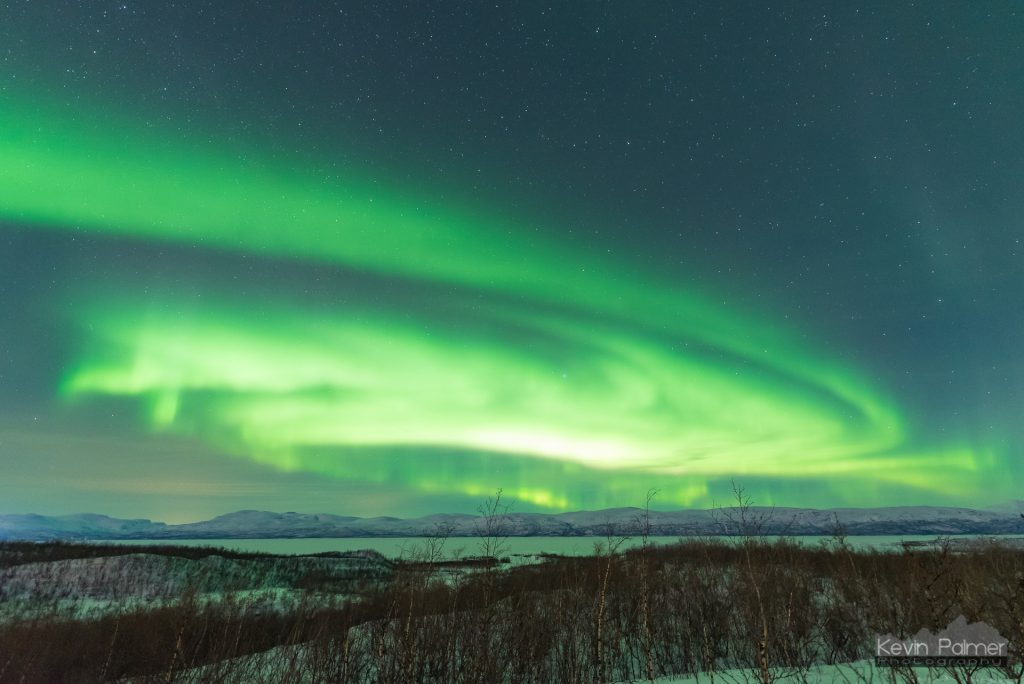 The KP index was only 1 on this night in Abisko.
The KP index was only 1 on this night in Abisko.After visiting myself, I wrote a more comprehensive article here: Guide to Seeing the Aurora in Sweden
- Roundtrip airfare from NYC to Stockholm: $327 and up
- Roundtrip airfare from London to Stockholm: $30 and up
- Roundtrip airfare from Stockholm to Kiruna: $122
- Roundtrip train fare from Stockholm to Abisko: $124 – $208
- Hotels: $75 and up
- Car rental: $32 and up
- Roundtrip airfare from NYC: $443 and up
- Roundtrip airfare from London: $554 and up
- Hotels: $60 and up
- Car Rental: $33 and up
3. Tromso, Norway
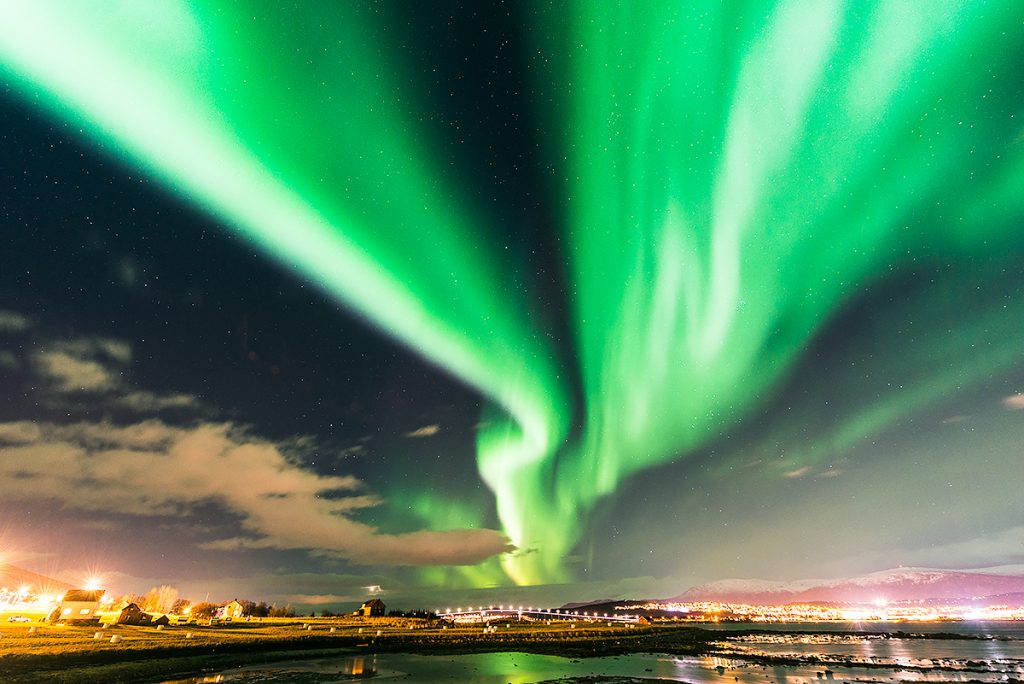 Tromso, Norway – © Photo by Carl Jones
Tromso, Norway – © Photo by Carl Jones- Flights from NYC: $385 and up
- Flights from London: $161 and up
- Hotels: $65 and up
- Car Rental: $49 and up
4. Churchill, Manitoba, Canada
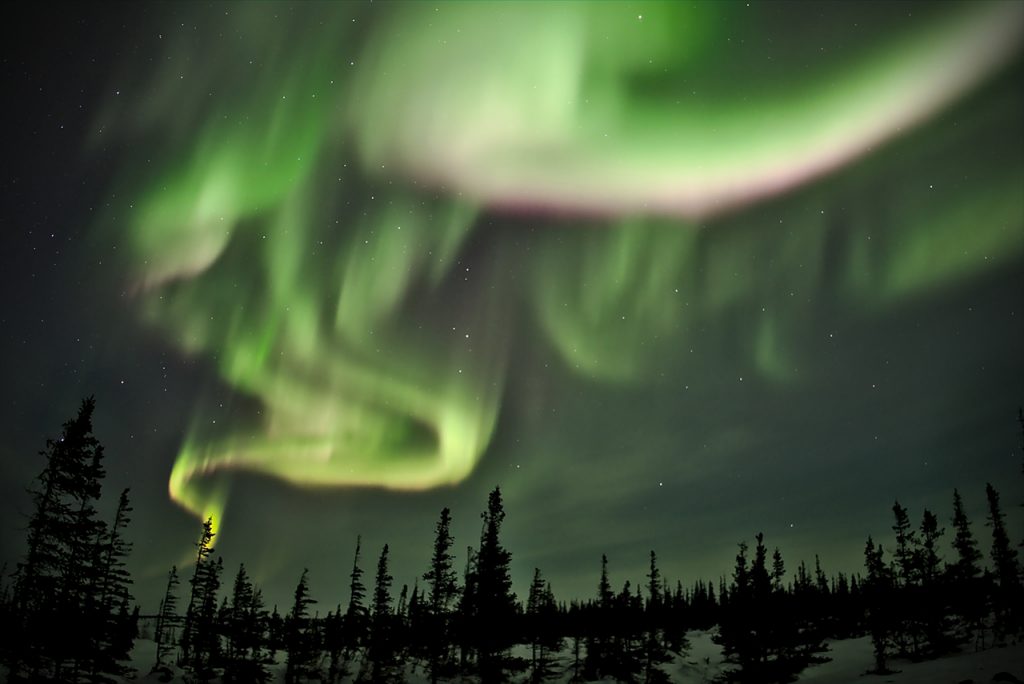 Churchill, Canada – © Photo by Emmanuel Milou
Churchill, Canada – © Photo by Emmanuel MilouScenery – Boreal forest, Hudson Bay
Churchill is a small village of 900 people located on the Hudson Bay in northern Manitoba. It is known as the “Polar Bear Capital of the World,” but is also an excellent place for viewing the aurora. Churchill sees a high number of clear nights as well as very cold temperatures. Visiting does tend to be on the expensive side since flights are pricey and there are limited accommodations to choose from. There are no roads going to Churchill. But as of December 2018, travelling by rail is once again an option from Winnipeg or Thompson. Because of it’s very isolated location, light pollution is minimal.
- Airfare from NYC to Winnipeg: $235
- Airfare from London to Winnipeg: $535
- Airfare from Winnipeg to Churchill: $942 CAD and up
- Train fare from Winnipeg to Churchill: $213 – $810 CAD
- Hotels: $90 and up
5. Yellowknife, Northwest Territories, Canada
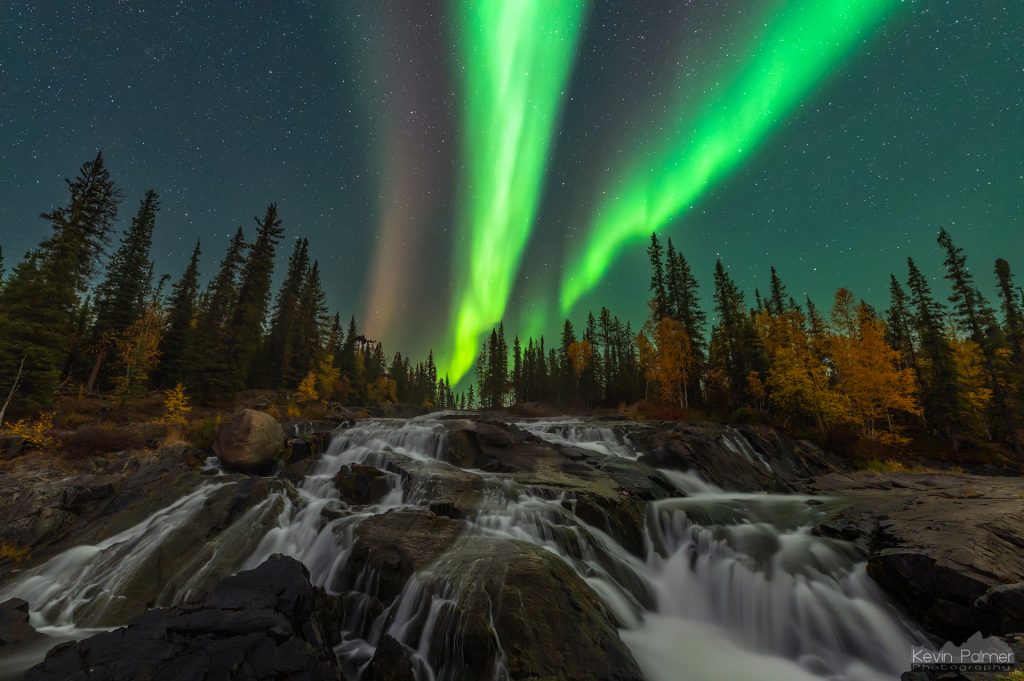
Above Cameron Portage Falls – Kevin Palmer Photography
Scenery – Boreal forest, lakes, waterfalls
Yellowknife is another great place in Canada to spot the aurora. It is located on the edge of Great Slave Lake in Northwest Territories. While it is reachable by car, it’s a long drive from most places so it may be better to fly there. With a population of 19,569, light pollution isn’t too bad. But driving out of the city is still your best bet. The Ingraham Trail to the east is a scenic drive leading to lakes, rivers, and waterfalls which make for an abundance of photo opportunities. Also check out the Aurora Village viewing area. The cold, dry climate in Yellowknife is one of the best with a high chance of clear skies.
Full article coming soon
- Airfare from NYC: $355
- Airfare from London: $619
- Hotels: $75 and up
- Car Rental: $45 and up
6. Nuuk, Greenland
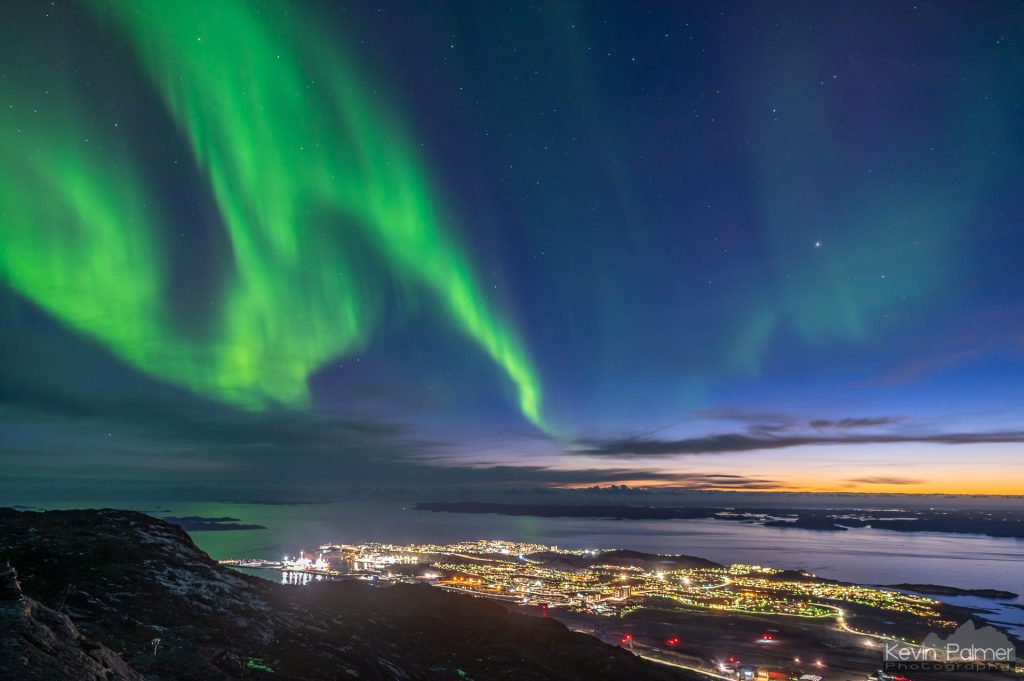
Full Article Here: Guide to Seeing the Aurora In Greenland
–
Scenery – Mountains, fjords, icebergs
The Danish territory of Greenland is one of the most unique places you can visit. It is the world’s largest island, but 75% of it is covered by an ice sheet so all the towns are found along the coast. With a population of only 56,000, it is the least densely populated territory in the world making light pollution a non-issue. With glaciers and icebergs, mountains and fjords, Greenland has no shortage of scenery. Unfortunately flights here are quite pricey, with connections from either Copenhagen or Reykjavik. Nuuk is the capital and largest city, but other towns (with similarly priced airfare) you may want to visit include Kangerlussuaq, Ilulissat, or Kulusuk. There are no roads connecting villages, but taking a ferry is an option. Greenland generally has a clear and dry climate especially compared to neighboring Iceland.
- Airfare from NYC to Copenhagen: $314 and up
- Airfare from London to Copenhagen: $36
- Airfare from Copenhagen to Nuuk: $725
- Hotels: $95 and up
7. Reykjavik, Iceland
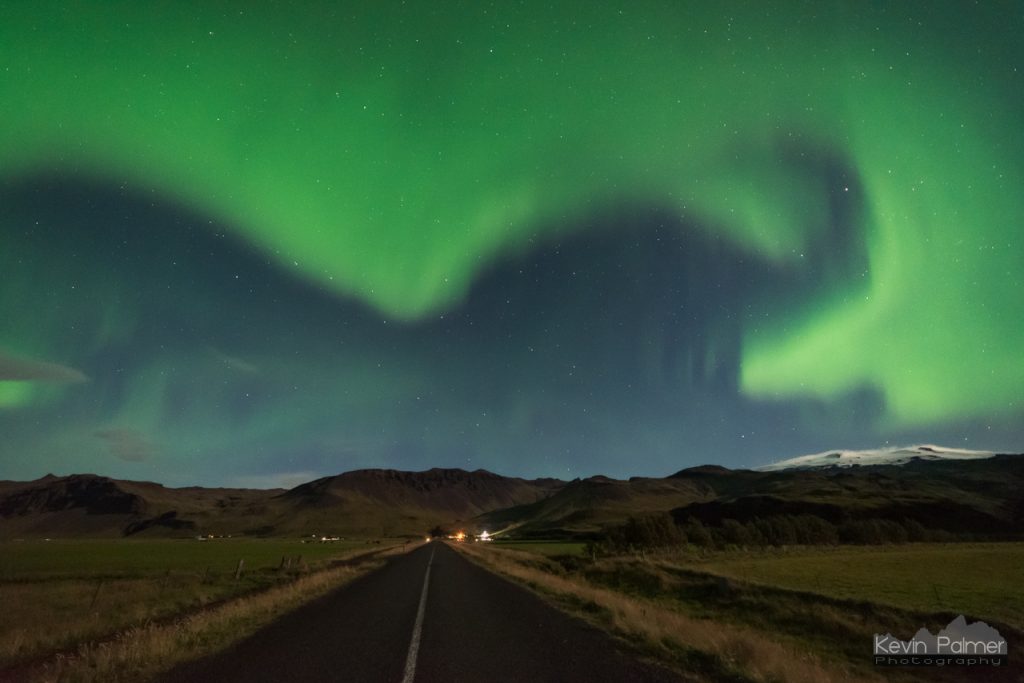 Ásólfsskáli, Iceland – © Photo by Kevin Palmer
Ásólfsskáli, Iceland – © Photo by Kevin Palmer- Airfare from NYC to Reykjavik: $200 and up
- Airfare from London to Reykjavik: $52 and up
- Hotels: $75 and up
- Car rental: $24 and up
8. Rovaniemi, Finland
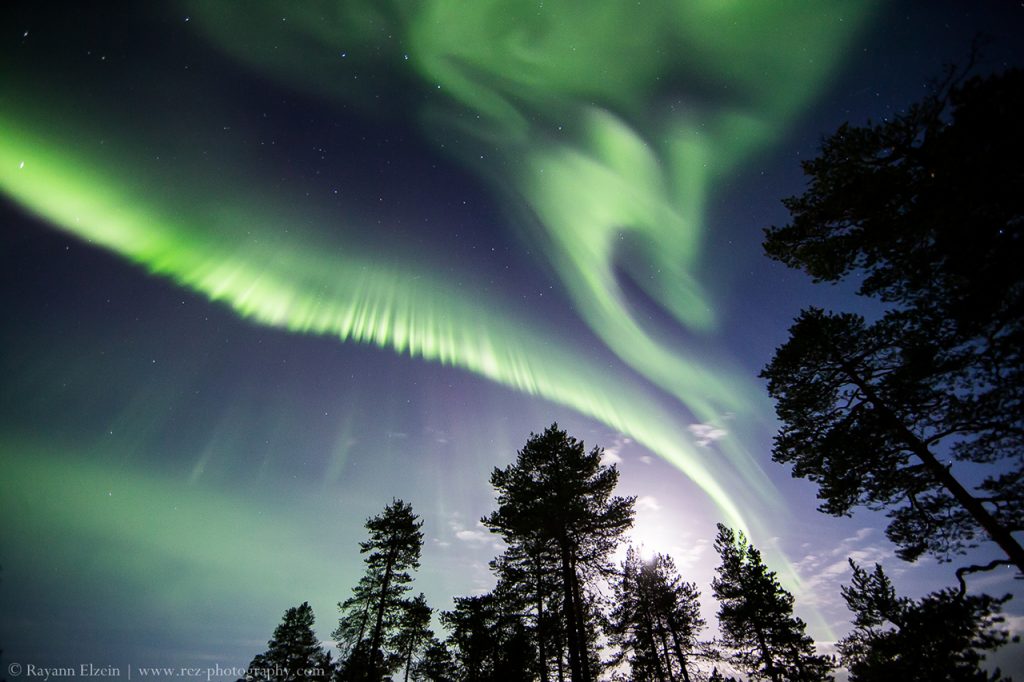 Inari, Finland – © Photo by Rayann Elzein
Inari, Finland – © Photo by Rayann ElzeinScenery – Boreal forest, lakes
Rovaniemi is the capital of Finnish Lapland, and is situated 6 km south of the Arctic Circle. The population is 63,000, and the town is easily reachable by air, rail, or car. Known as “The Official Hometown of Santa Claus,” the area also offers sleigh rides, skiing, snowmobiling, and lots of other winter activities. There is a fair amount of light pollution, so it’s best to rent a car and get outside of the city, preferably by heading north. Endless boreal forests, lakes, and rivers provide lots of scenery. The Arctic Ocean (in Norway) is about a 6-hour drive.
- Airfare from NYC to Helsinki: $369 and up
- Airfare from Helsinki to Rovaniemi: $79 and up
- Airfare from London to Rovaniemi: $86 and up
- Car rental: $32 and up
9. Murmansk, Russia
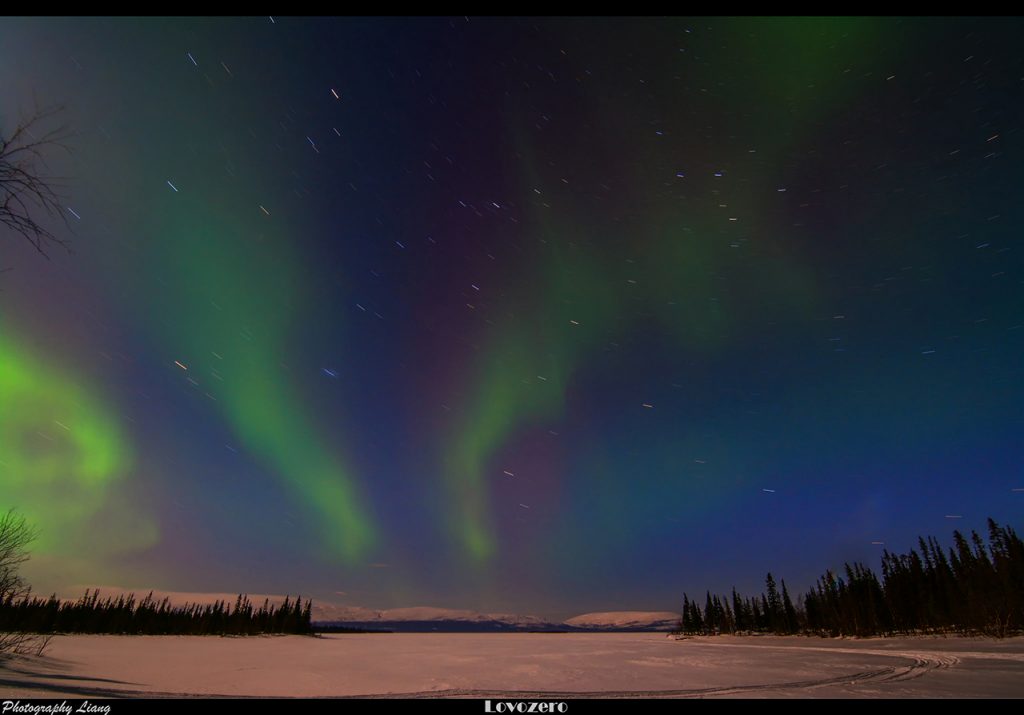 Captured in Lovozero, outside of Murmansk – © Photo by Liang Yu
Captured in Lovozero, outside of Murmansk – © Photo by Liang YuScenery – Lakes, boreal forest, low mountains
No other country has more Arctic territory than Russia. Of course much of Siberia is remote and difficult to access. But Murmansk is the largest city in the world above the Arctic Circle with a population of about 300,ooo people. Located in the northwest corner of Russia, it is connected to the rest of the country by air, road, and rail. Like any city of it’s size there is a lot of light pollution, but you won’t have to drive too far to escape it. Low mountains, forests, and lakes such as Rechka Ura provide scenic backdrops for seeing the northern lights. The polar night here starts on December 1st and ends January 11th.
- Airfare from NYC: $519 and up
- Airfare from London: $324 and up
- Hotels: $35 and up
- Car rental: $21 and up
Note: Seeing the aurora australis, or southern lights, is a lot more difficult than seeing it’s northern counterpart. This is because there are less land areas to see it from, and the harsh Antarctic winters shut down travel to that continent when it’s actually dark enough to see them. The aurora needs to reach geomagnetic storm levels before it’s easily seen from Tasmania or New Zealand. That means it’s not nearly as frequent as the other locations on this list, and the views are not on the same level. But if you can plan a trip on short notice, or wait until solar maximum then you’ll greatly improve your odds of catching the aurora australis. On the plus side, it doesn’t get super cold in either place, and you don’t have to worry about nights being too short in the summer either.
10.Tie – Hobart, Tasmania
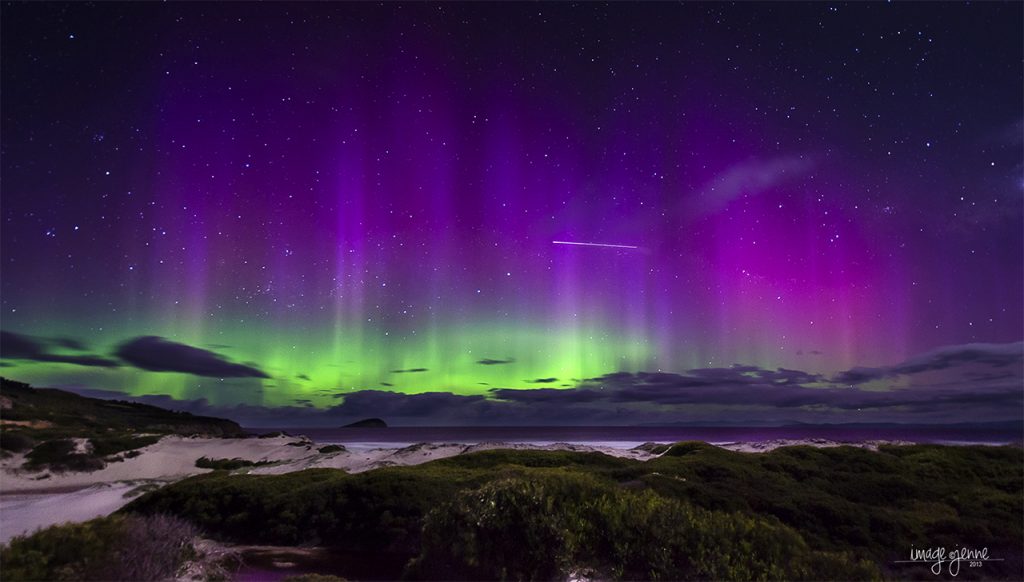 Nubeena, Tasmania – © Photo by Jenne
Nubeena, Tasmania – © Photo by JenneThe island of Tasmania is the best spot in Australia to see the southern lights. Hobart is the state capital and has a population of just over 200,000 people. Flights are inexpensive from mainland Australia. The light pollution isn’t too bad and is easy to escape. For the best views, rent a car and head out of town and look for a south-facing beach.
- Airfare from NYC to Hobart: $801 and up
- Airfare from London to Hobart: $776 and up
- Hotels: $65 and up
- Car rental: $20 and up
Aurora sightings are much more frequent on the South Island of New Zealand than on the North Island. Anywhere on the southern coast should provide a great view when the lights are active. Or head further west to the Fjordlands area for beautiful mountain and lake views. Just try to find a clear southern horizon. There is not much light pollution once you get outside of the larger cities of Dunedin and Invercargill. While both of the aforementioned cities have airports, it may be cheaper to just fly to Christchurch and then drive or take the train south.
- Airfare from NYC to Dunedin: $1000 and up
- Airfare from London: $797 and up
- Hotels: $60 and up
- Car rental: $26 and up
- Longyearbyen, Svalbard, Norway
- Faroe Islands
- Whitehorse, Yukon, Canada
- Durness, Scotland, UK
- Skagen, Denmark
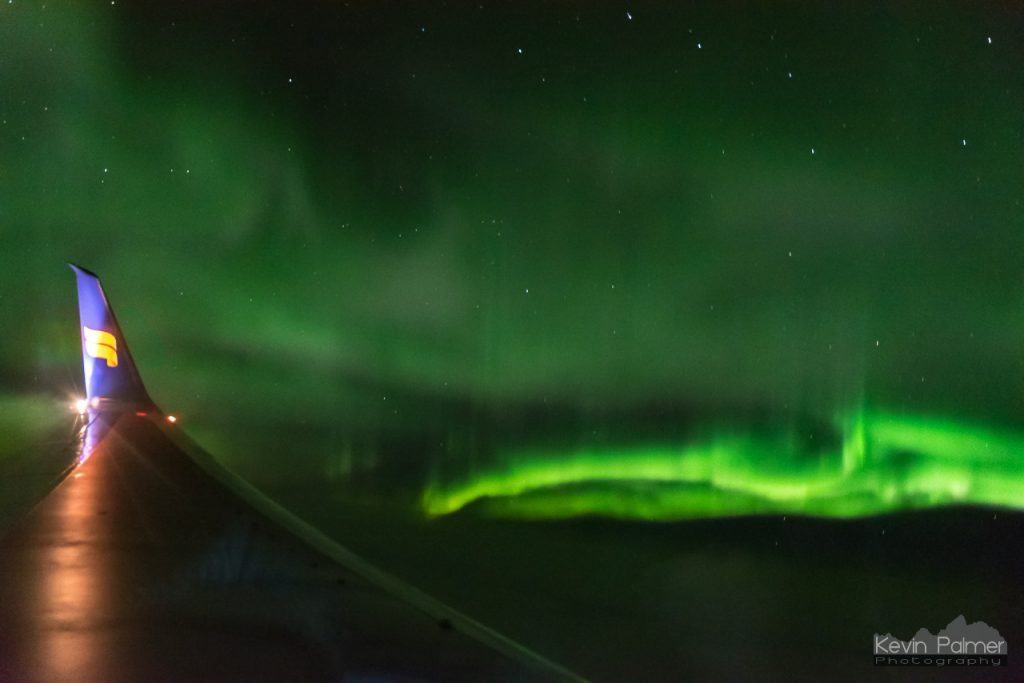 Choose a north-facing window seat if possible during night flights
Choose a north-facing window seat if possible during night flights
- Avoid the summer months. I said this at the top, but it’s worth repeating. Do not visit the Arctic during the summer if your intention is to see the northern lights. In most places it doesn’t start getting dark again until the end of August.
- Avoid the full moon. While a bright aurora can still be seen through the moonlight, a lesser moon phase or no moon at all will let you see the dimmer displays and a lot more stars.
- Instead of staying at pricey hotels, consider camping (more doable in the early fall) or staying in a hostel. Airbnb is another alternative worth considering. Hotels are often located in cities, while other accommodations are often found in more remote and less light-polluted areas. If you’ve never used Airbnb before, you can claim a $55 travel credit by signing up through this link.
- Plan other activities besides just aurora watching. If the weather is unfavorable, you’ll want to make sure you have other things to do to make the trip worthwhile.
- Bring a camera and learn how to photograph the aurora. When you get your first view of the elusive lights, it is something you will want to remember.
